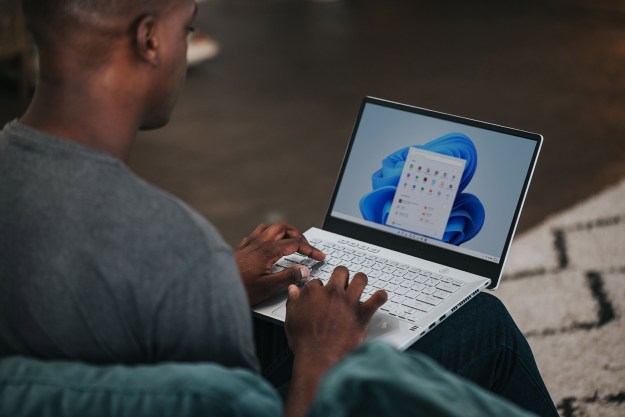 If you’re someone who actually purchases music online for download as opposed to opting for a streaming service, a new report suggests that you’re probably using Apple’s iTunes to do it. The study, released on Tuesday by the NPD Group, revealed that Apple’s music service continues to dominate the digital music download space for the final quarter of 2012.
If you’re someone who actually purchases music online for download as opposed to opting for a streaming service, a new report suggests that you’re probably using Apple’s iTunes to do it. The study, released on Tuesday by the NPD Group, revealed that Apple’s music service continues to dominate the digital music download space for the final quarter of 2012.
The NPD study shows that iTunes had an impressive 63 percent marketshare for the final three months of last year, meaning that more than six in every ten music downloads were made through Apple’s storefront. That puts it significantly ahead of perpetual runner-up Amazon, which ranked second with 22 percent of the market.
Oddly enough, NPD made a point of explaining that its “Annual Music Study 2012” rankings are based on unit sales and not revenue or dollar share. The reason for this, apparently, is that Apple’s dominance would seem even more impressive if rankings were worked out based on its share of the $2.9 billion Americans spent on digital music purchase last year due to their reduced reliance on sales or lowered prices to induce purchase.
The study also put forward a counter-argument for those who are concerned that digital music purchases will drop in the face of the increasing streaming music services online. The report states that the number of Americans purchasing music digitally has been unchanged over the last three years at around 44 million people; Additionally, more than a third of those interviewed for the study said that owning music – as opposed to streaming – was considered important to them.
That percentage actually grows (to 41 percent) amongst those who subscribe to streaming services, with many suggesting that they have found themselves purchasing music that they otherwise wouldn’t have known about if it wasn’t for discovering it via Pandora, Spotify, or some other streaming service. As Russ Crupnick, NPD’s senior vice president of industry analysis, pointed out, “there’s a belief that consumers don’t need to buy music because of streaming options, [but] streamers are more likely than the average consumer to buy music downloads.”
Overall, the study reveals that digital music purchase is still a growth market. Although the number of buyers has remained consistent for three years, the amount being bought has grown; revenue from digital sales last year went up 8.9 percent to the aforementioned $2.9 billion, and the NPD estimates that the average buyer was spending 6 percent more on music downloads last year compared with the previous year.
A specific area of growth, surprisingly, is full album purchases; 30 percent of the 5,400 people taking part in the survey said they considered listening to a complete album to be particularly important to their music-listening experience. Perhaps music streaming services have run their course.


